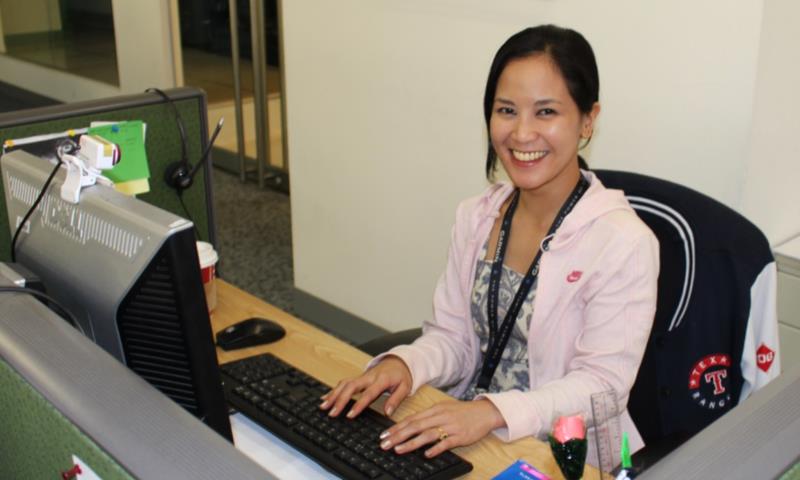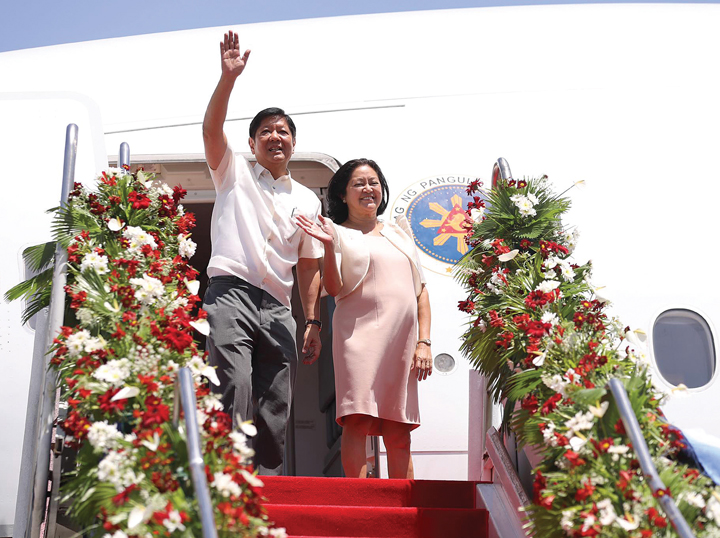BEYOND the stellar performance and numerous achievements of the Department of Science and Technology (DOST) in 2018, such as the launch of the country’s second microsatellite Diwata 2 and the signing of the Balik Scientist law, among others, Science Secretary Fortunato de la Peña expressed his drive to improve three key areas: manpower, infrastructure and innovation.
The country’s top science official told the BusinessMirror Coffee Club Forum on Wednesday that the country’s indices in international rankings must progress in order for investors to appreciate that the Philippines is ready for higher-level investments.

“One of the things to be considered by your investors is your ranking, whether it is the world competitiveness ranking or innovation index, and in all the indices, we [the Philippines] have always been in the middle,” he explained.
And this is why, according to de la Peña, the DOST is investing in the key areas because this is the country’s weakness.
De la Peña further explained that “it is very important for the Philippines to be an attractive investment area” because the country has the right manpower and expertise.
If the Philippines, through the DOST, could push and advance this and support more services for technology, then “there will be more investments, assuming that the Ease of Doing Business law will be in full operation.”
Empowering the regions
In order to make the country a more inductive venue for investment, de la Peña is focused on giving the regions opportunities for growth.
Under the Science for Change program of the DOST, the Niche Centers in the Regions for R&D (NICER) Program is geared toward expanding the R&D pool by accrediting universities in the regions to be capable of doing research and development.
And, with DOST’s collaboration with the Commission on Higher Education (CHED) in providing funding for laboratory infrastructure, it’s not just students and researchers, but R&D work in the regions that is boosted.
Tech funding for MSMEs
Another important program that has been helping the rest of the country is the DOST’s Small Enterprise Technology Upgrade Program, or more commonly known as the SETUP, where they provide technology funding support to micro, small and medium enterprises (MSMEs). Designed for the regions, de la Peña shares that this program has been a great avenue for creation of jobs and opportunities.
In a 2018 report of the companies themselves, the total number of jobs created in terms of number of people is 42,853 and for de la Peña, “it may not be big in terms of the statistics of DOLE [Department of Labor and Employment], but this is really something we are proud of.”
In addition, the cumulative gross sales of all the companies they supported amounted to P8.344 billion in 2018, and the firms had a productivity of 41 percent from only 20, 635 technology interventions and 773 projects funded.
Balik Scientist
The Balik Scientist law, which was only signed last year, is also helping the regions.
“We have a very good, shall we say, energized Balik Scientist program and all of them are serving the regions because, for me, that is the contribution that we have made now in really making the presence of the government felt in the regions through R&D and through the scholarships,” de la Peña said.
The Balik Scientist program also pushed for the accreditation of universities in the regions to deliver postgraduate programs and scholarships because for de la Peña, “they have the people and actually motivate scholars to really study because they don’t need to leave their families.”
These programs are also answers to the goal of the national government to distribute expertise around the country and decentralize Metro Manila.
Advances in science programs for a better PHL
Numerous programs have already been implemented across different sectors. The DOST’s vision to make the Philippines a conducive venue for investment includes tackling agriculture, providing technology assistance to MSMEs, science education, disaster-risk management, research and development, and many more.
In 2018 alone, the biggest chunk of the department’s budget allocation went to business and development. One highlight of this would be in the area of space engineering where the country, through the DOST’s PHL-Microsat program, launched satellites in 2018.
For the agriculture sector, fertilizers and tissue culture of plants for massive production are some of the priority projects of the department; while in technology transfer, the hybrid trains, which were just recently turned over to the Philippine National Railway, offer another proof that locally produced technology can be cheaper but more efficient for Filipino use, the DOST chief pointed out.In science education, with the support of the Department of Budget and Management (DBM), scholarships for students have doubled for college and graduate programs.
International collaborations in both the Asean and the rest of the other countries have improved productivity and boosted intellectual exchanges, such as that of the Asean community, where the Philippines has played a key role in helping less developed states of the regional bloc by inviting their students to study in Philippine institutions.
Tracking risks
Undersecretary Renato Solidum also shared with the BusinessMirror Coffee Club Forum that project tie-ups with the academe and government agencies include the monitoring of the conditions of Metro Manila bridges. This is done by premier engineering school Mapua University, the Philippine Volcanology and Seismology (Phivolcs) and the DPWH.
The collaboration is meant to improve the scientific services of the department to ensure the safety of Filipinos, especially in Metro Manila, when the “Big One” happens.
For Solidum, creating these kinds of technologies can also attract industries because it gives them a clear idea of where their investments can be constructed. This way, both the real-estate companies and people they sell units to can benefit.
De la Peña also shared that the DOST services, such as those by the Philippine Atmospheric, Geophysical and Astronomical Services Administration, will be upgraded by building more synoptic weather stations that collect weather data, more Doppler radars to track storms and typhoons, and replicate the Phil-LiDAR (light detention and ranging) program, this time to focus on elevated areas to prevent landslides.
Image credits: Nonie Reyes



































